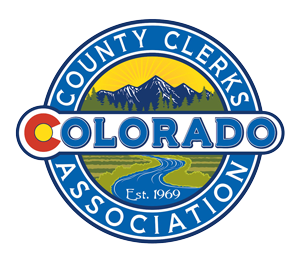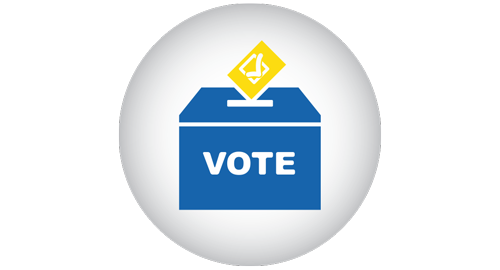How elections work in Colorado
County clerks and their election divisions conduct primary, general and coordinated elections, including school district elections. Also, cities, towns, or special districts often contract with county clerks to conduct their elections. County clerks complete all voter registrations and hold the voter rolls for their counties. Here’s a look at the steps county clerks take to ensure each election is accurate and safe.
Election equipment is kept safe and secure when not in use. Equipment is under 24-hour camera surveillance and access to equipment is restricted.
Voter roles are checked and confirmed ahead of each election.
A volunteer canvas board of county residents is seated to double check outcomes of each election. Members of these boards are appointed by individual political parties.
County clerks publicly test voting machines and tabulating equipment before each election and demonstrate that machines are not connected to the internet.
Ballot boxes, voting sites and voting machines are under continual video surveillance.
Preliminary election results are posted on election night, but final vote counts are not confirmed for several days after each election to allow time for public auditing of election results.
A risk limiting audit is carried out following each election which randomly checks paper ballots against the way they were tabulated by counting machines. The results of these audits are made public.
Citizen canvas boards review election data and voter roles to further check the accuracy of election night results and look for irregularities. The canvas board takes a formal vote to verify election results when their review is complete. The results of that vote are publicly available.
Many county election departments post images of all paper ballots online for public inspection. All counties must make those ballots available at public request for 25 months following each election.










